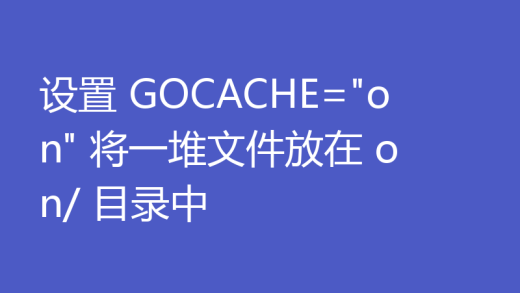当前位置: > > > > 如何将primitive.M转换为映射字符串,然后转换为字符串?
来源:stackoverflow
2024-04-22 14:57:29
0浏览
收藏
小伙伴们对Golang编程感兴趣吗?是否正在学习相关知识点?如果是,那么本文《如何将primitive.M转换为映射字符串,然后转换为字符串?》,就很适合你,本篇文章讲解的知识点主要包括。在之后的文章中也会多多分享相关知识点,希望对大家的知识积累有所帮助!
问题内容
我们如何将原始 m 转换为字符串?
package main
import (
"go.mongodb.org/mongo-driver/bson"
)
func main() {
a := bson.m{ // primitive.m
"test": bson.m{
"fielda": "aaa",
"fieldb": "bbb",
},
}
}
我用它来记录进程中失败的 mongodb 文档。 我能够使用 logrus.error 打印该值,我想将此转换复制为字符串,然后将其记录到文件中。
// cursor = "go.mongodb.org/mongo-driver/mongo" *mongo.Cursor
// logrus = "github.com/sirupsen/logrus"
//...
var temp bson.M
_ := cursor.Decode(&temp) // assume this is not returning error, it will log the map
logrus.Error("value: ", temp) // value: map[__v:0 _id:ObjectID(\"5c8ef7df7216e9935ecd7859\") field1:test]
解决方案
最简单的解决方案可能是使用 ,如下所示:
a := bson.m{
"_id": primitive.newobjectid(),
"test": bson.m{
"fielda": "aaa",
"fieldb": "bbb",
},
}
s := fmt.sprint(a)
fmt.println(s)
这将输出(在 上尝试):
map[_id:ObjectID("4af9f07018f18fbf63f00366") test:map[fielda:AAA fieldb:BBB]]
今天关于《如何将primitive.M转换为映射字符串,然后转换为字符串?》的内容介绍就到此结束,如果有什么疑问或者建议,可以在公众号下多多回复交流;文中若有不正之处,也希望回复留言以告知!


